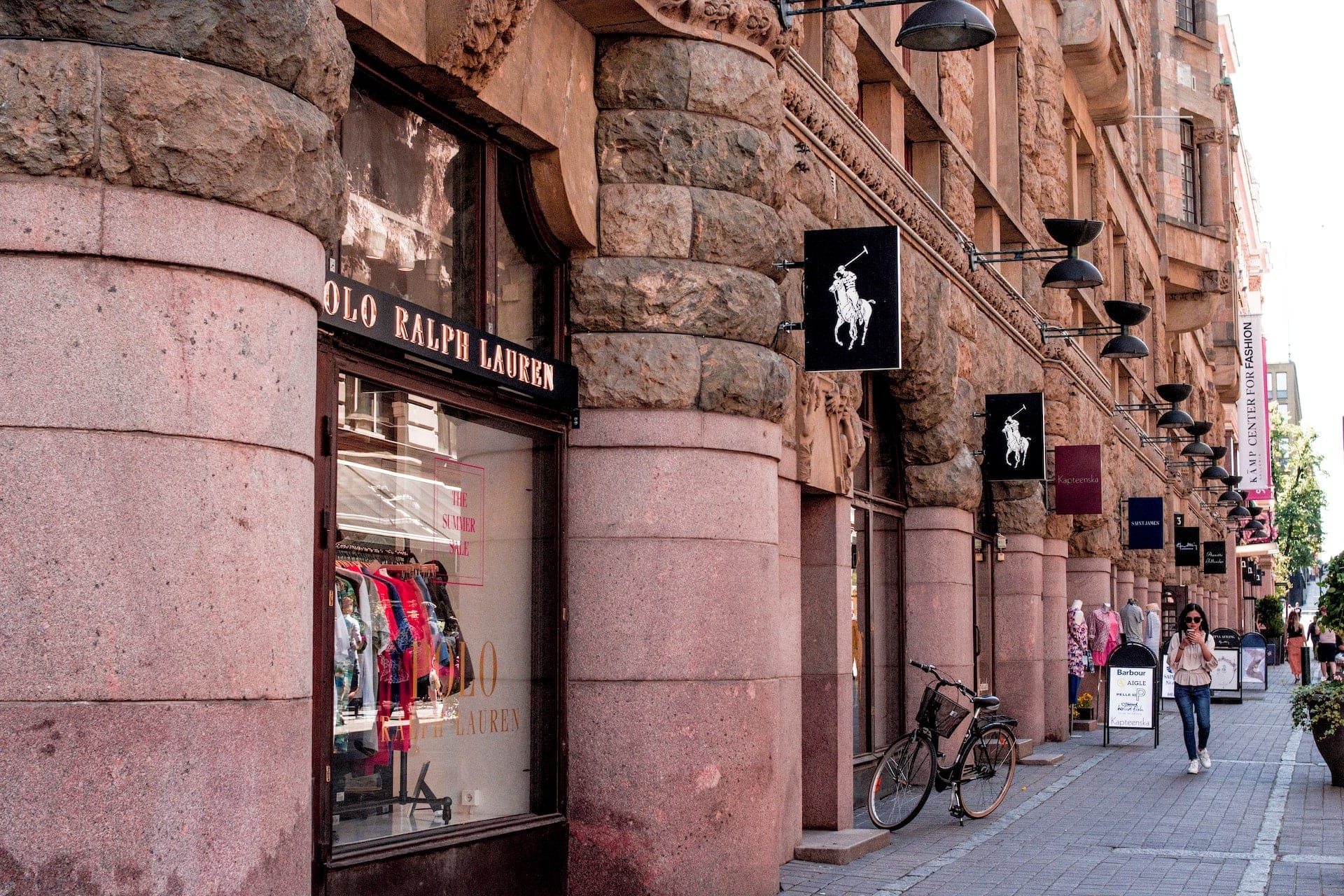Our Ralph Lauren SWOT Analysis identifies some of the strengths, weaknesses, opportunities, and threats faced by the fashion brand.
If you are a fan of Polo shirts and like to wear comfortable mid-range to luxury clothes, then you'll really enjoy reading this article.
Today's article is about one of the most renowned clothing brands, Ralph Lauren. Initially, this brand started off by producing clothing products.
However, this brand started producing home products, accessories, and fragrances after it was established in the market. Today, Ralph Lauren is one of the most well-established brands offering different product lines to its customers.
To look deeper into the operations of Ralph Lauren, in this article, we will conduct a Ralph Lauren SWOT Analysis so that we can identify some of the strengths, weaknesses, opportunities, and threats faced by the brand.
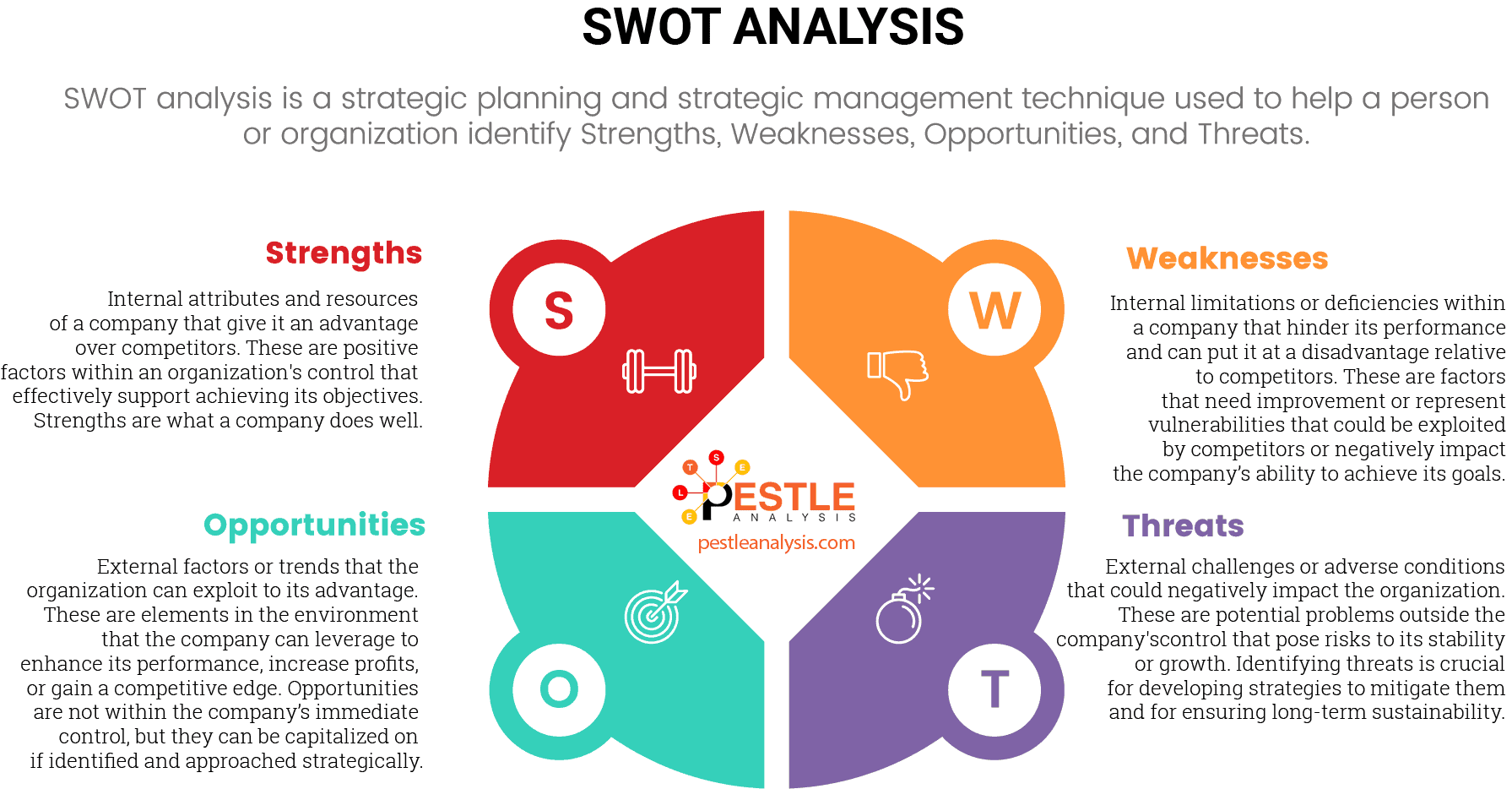
Before proceeding further with the SWOT analysis, let's look at the history of Ralph Lauren to gain insight into the brand.
Ralph Lauren is an American fashion brand founded in 1967 by a man named Ralph Lauren. No surprise there! The brand started as a collection of men's ties but has since grown into a global brand with a wide range of products, including clothing, accessories, and home goods.
In the early years, Ralph Lauren's clothing designs were inspired by classic American styles such as Western wear, preppy attire, and sportswear. The brand's signature item, the polo shirt, was introduced in 1972 and quickly became an iconic piece of American fashion.
Throughout the 1970s and 1980s, the brand continued to expand its product line, introducing women's clothing, fragrances, and home goods. Ralph Lauren's designs continued to be influenced by classic American styles but also incorporated elements of luxury and sophistication.
Besides expanding its products, Ralph Lauren also decided to expand its geographical presence. In 1981, Ralph Lauren opened its first international store in London.
In the 1990s, the brand faced some challenges, including declining sales and a dip in popularity. However, Ralph Lauren was able to bounce back in the early 2000s with a renewed focus on design and quality.
The brand has continued to evolve in recent years, incorporating more modern and contemporary styles into its collections. Ralph Lauren has also expanded into new markets, including Asia and Europe.
Today, Ralph Lauren is considered one of the most iconic American fashion brands, known for its classic designs and timeless style. The brand has won numerous awards for its contributions to the fashion industry. It continues to be a major player in the global fashion market.
Over the years, Ralph Lauren has become a global brand with almost 425 stores operating worldwide. Such a significant geographical presence contributes to the brand's revenue. In 2022, Ralph Lauren generated revenue of $6.42 billion.
This short introduction was essential to make you aware of the history of Ralph Lauren. Now that you know it, let's proceed with the SWOT analysis. However, before we move, let's discuss what SWOT analysis is.
SWOT analysis is a business tool organisations use to highlight the external and internal factors that impact an organization's operations.
Now that we have briefly discussed the SWOT analysis, let's conduct the Ralph Lauren SWOT analysis.
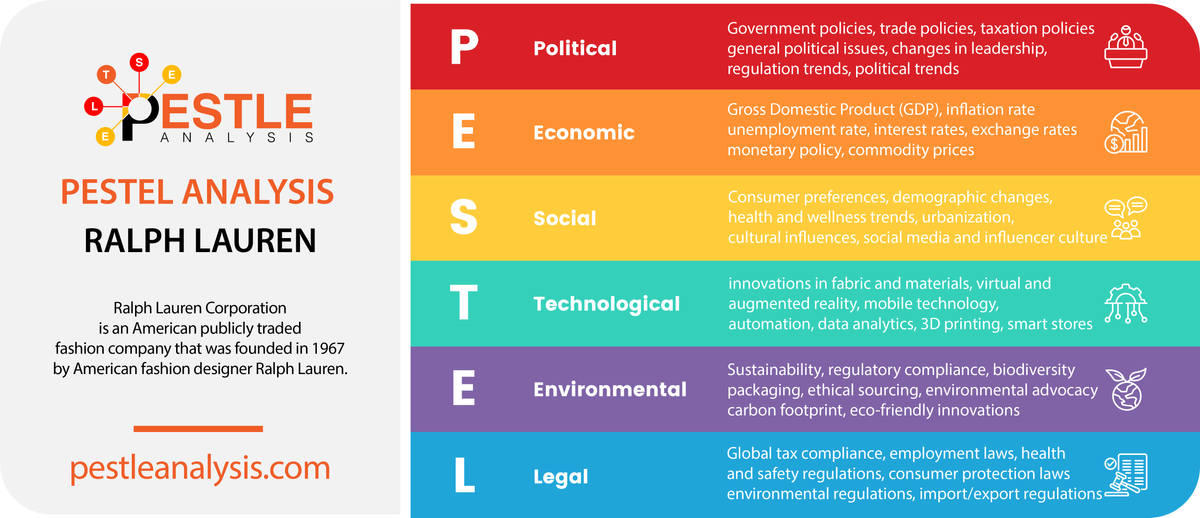
Ralph Lauren's Strengths
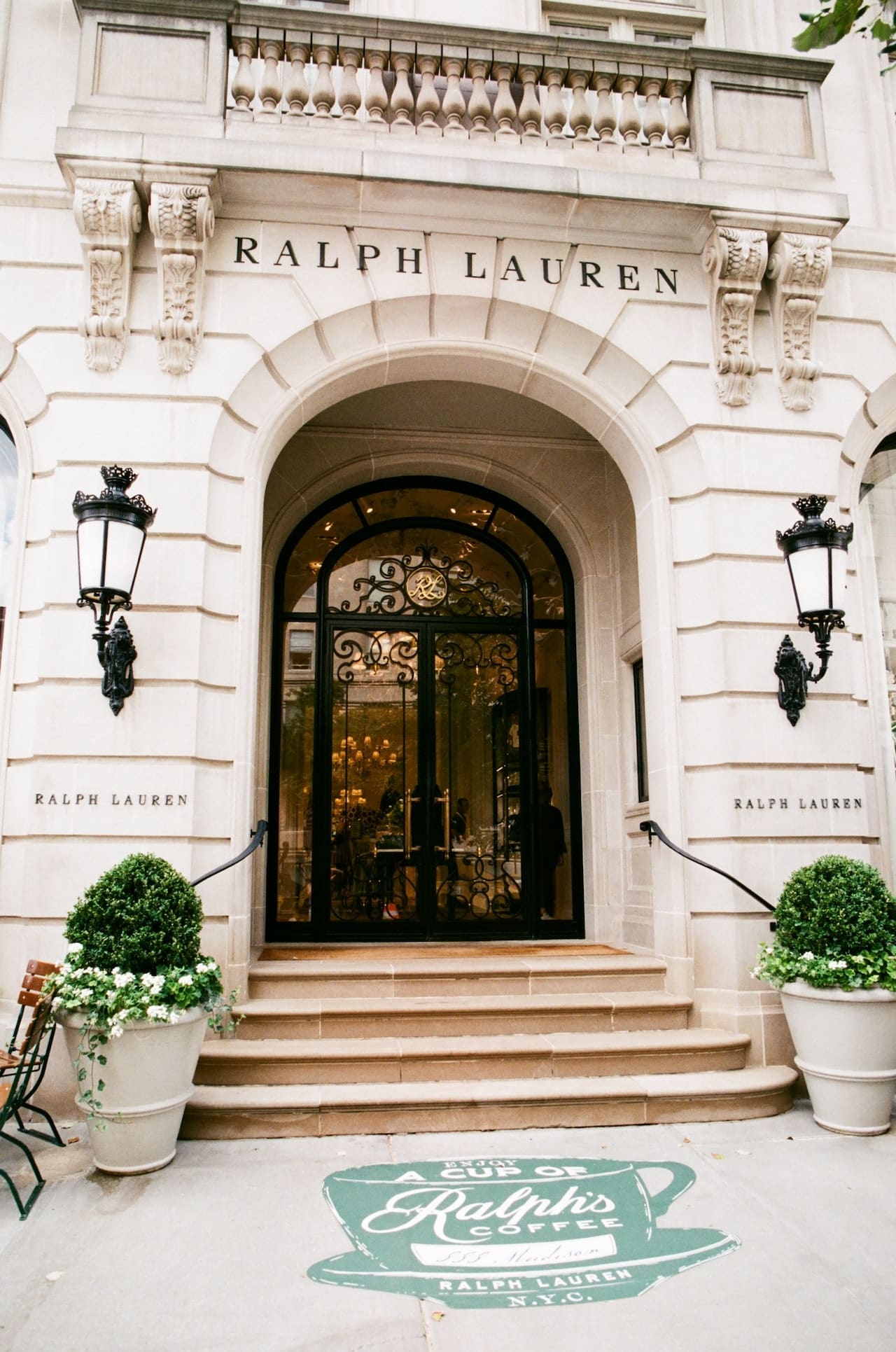
Every organization possesses strengths that enable it to struggle with its competitors. In the first section of this SWOT analysis, we will discuss some of Ralph Lauren's strengths.
Strong Brand Recognition
Ralph Lauren is a fashion brand synonymous with quality, luxury, and style. The brand has a strong reputation for producing high-end clothing, accessories, and home decor that appeals to consumers who value premium products.
This reputation has been built over several decades through factors contributing to the brand's strong brand recognition.
Its iconic logo is one key factor contributing to Ralph Lauren's strong brand recognition. The brand's polo player logo is instantly recognizable and has become a symbol of quality and luxury.
The logo has been featured on all of the brand's products, from clothing to home decor, and has become a staple of the brand's identity.
Diversified Product Portfolio
One of Ralph Lauren's strengths is its diversified product portfolio, which includes a wide range of products such as clothing, accessories, fragrances, home decor, and more.
This diverse range of products allows the brand to cater to different market segments and provide a comprehensive shopping experience for its customers.
By offering various products, Ralph Lauren can weather fluctuations in demand for particular products or trends. For example, suppose there is a decline in demand for a particular clothing line. In that case, the brand can offset this by promoting other products, such as accessories or home decor.
This diversification helps the brand maintain a steady revenue stream and reduce reliance on any single product line.
Global Presence
Ralph Lauren has established a robust global presence, a significant strength for the brand. The brand has retail locations in various countries worldwide, including the United States, Europe, Asia, and the Middle East, making it a truly global brand.
This global presence allows the brand to tap into consumer preferences and reach a broader customer base. In addition, one of the advantages of having a global presence is that it allows the brand to diversify its revenue streams.
By operating in multiple markets, Ralph Lauren can offset fluctuations in demand or economic conditions in one region with growth in another. In addition, this diversification helps to mitigate risks associated with operating in a single market.
Ralph Lauren's Weaknesses

Along with strengths, every organization has weaknesses that hinder it from achieving its true potential. Therefore, identifying weaknesses is very important for any brand. Hence, in this section, we will discuss the weaknesses of Ralph Lauren.
Dependence On The North American Market
Ralph Lauren has established a strong domestic and international brand presence, with a significant portion of its revenue generated from the North American market.
While the brand has a global presence, its reliance on the North American market makes it vulnerable to economic fluctuations and consumer demand in this region. Of 425 stores, Ralph Lauren has only 236 stores in the US.
One of the main risks of relying heavily on the North American market is that the brand's revenue may be impacted by changes in the economic conditions and consumer demand in this region.
For example, suppose the North American economy undergoes a recession or slowdown. In that case, consumers may reduce their spending on luxury goods, leading to a decline in revenue for Ralph Lauren.
High Prices
Ralph Lauren's products are known for their premium quality and luxury design, associated with high prices.
While this pricing strategy reflects the brand's focus on quality and exclusivity, it may also limit its appeal to price-sensitive consumers and make it less competitive in the mass market. This is another weakness that Ralph Lauren possesses.
High prices may deter price-sensitive consumers from purchasing Ralph Lauren products, who may instead opt for cheaper alternatives offered by competitors. This could limit the brand's market share and revenue growth potential in a highly competitive industry.
Limited Appeal To Younger Consumers
While appealing to a specific demographic, Ralph Lauren's classic and timeless designs may not be as attractive to younger consumers who are more interested in trends and fast fashion.
This limited appeal to younger consumers is a weakness for the brand, as this demographic represents an important market segment for the fashion industry.
Younger consumers value uniqueness, authenticity, and social responsibility in purchasing decisions, which may not align with Ralph Lauren's classic and luxury brand image.
Ralph Lauren's Opportunities
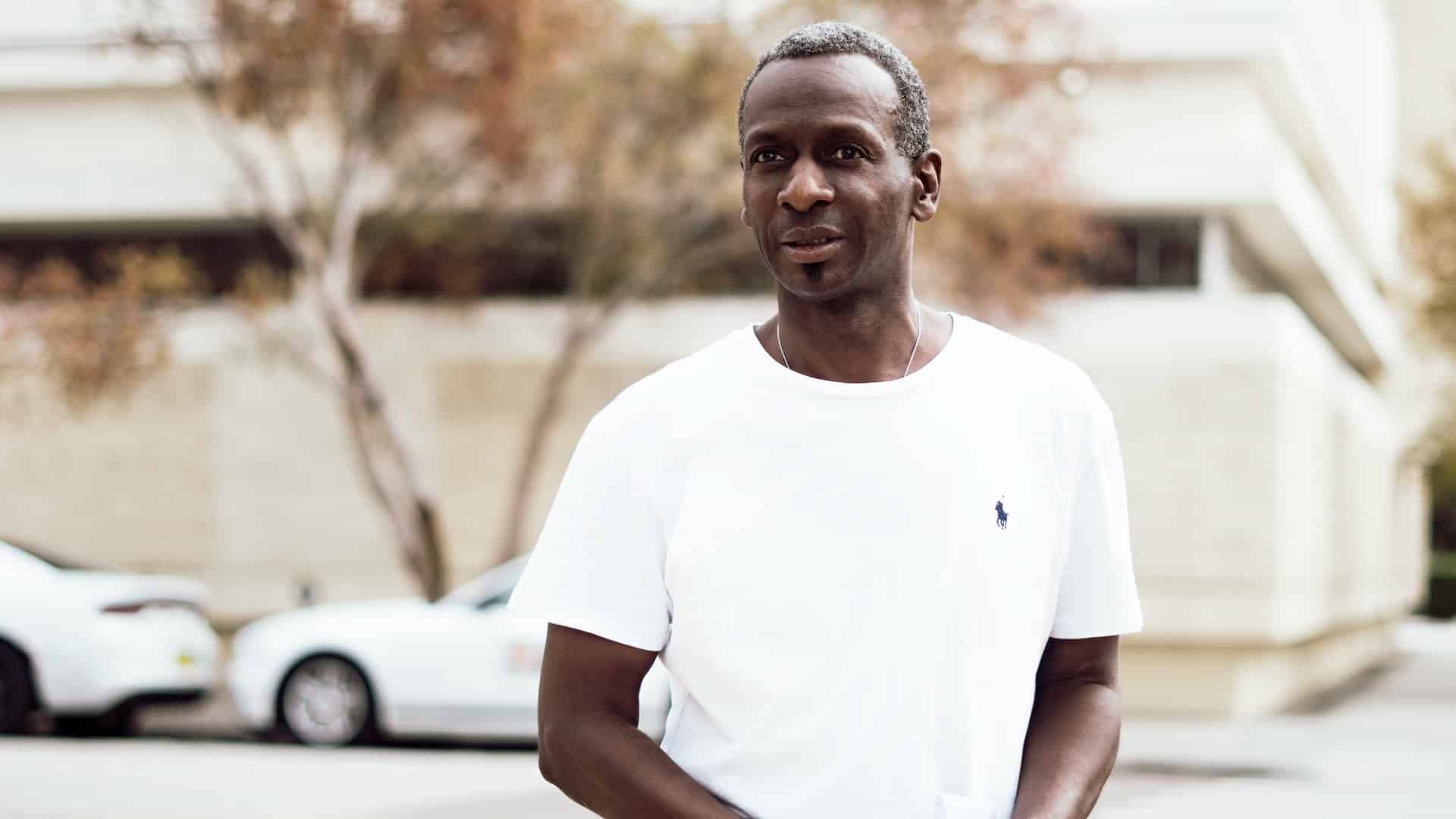
Businesses need to capitalize on the opportunities available to them. To do that, companies must identify the opportunities ahead of them. In this section, we will have a look at the opportunities that lie ahead of Ralph Lauren.
Expansion Into Emerging Markets
Expansion into emerging markets is an opportunity for Ralph Lauren. Emerging markets such as India, Brazil and China offer significant growth potential for the fashion industry due to their growing middle class and increasing disposable income.
As these markets continue to develop and grow, there is a growing demand for premium and luxury brands such as Ralph Lauren.
By expanding into these markets, Ralph Lauren could tap into new consumer segments and increase its revenue streams. In particular, the growing middle class in these countries presents an opportunity for the brand to reach new customers who may not have been able to afford luxury products in the past.
Online Sales
Ralph Lauren can increase its market share by increasing its online sales. With the rise of online shopping, consumers are increasingly turning to digital channels to purchase products, particularly younger consumers who prefer the convenience of shopping from home.
By increasing its online presence, Ralph Lauren could reach a broader audience, expand its customer base, and increase its revenue streams.
Additionally, online sales can be more cost-effective than brick-and-mortar stores, requiring fewer resources and overhead costs. This could increase the brand's profitability and improve its financial performance.
Sustainable and Ethical Fashion
There is a growing demand for sustainable and ethical fashion, which presents an opportunity for Ralph Lauren to align with the values of younger consumers and differentiate itself from competitors.
Consumers, particularly younger ones, are becoming increasingly aware of their purchasing decisions' impact on the environment and society, so they seek products that align with their values.
Ralph Lauren can leverage this trend by prioritizing sustainable materials and ethical production practices. This could involve using recycled materials, reducing waste and water usage in production, and partnering with suppliers who adhere to fair labor practices.
By doing so, Ralph Lauren could differentiate itself from its competitors and attract consumers who value sustainability and social responsibility in their purchasing decisions.
Ralph Lauren's Threats

This is the last section of the Ralph Lauren SWOT analysis, and in this section, we will discuss some of the threats that are present for Ralph Lauren.
Intense Competition
The fashion industry is a highly competitive marketplace with numerous established and emerging brands competing for market share.
Ralph Lauren faces competition from domestic and international brands, ranging from luxury brands such as Gucci, Prada, Burberry, and Louis Vuitton to mid-range brands like Tommy Hilfiger, Calvin Klein, Levis and Michael Kors.
These brands offer similar products in terms of quality, design, and price, which means that Ralph Lauren must compete to differentiate its brand and attract customers.
Economic Uncertainty
Economic uncertainty is a significant threat to Ralph Lauren's business as it can directly impact consumer spending. Fluctuations in the global economy can affect consumer confidence, leading to reduced demand for luxury fashion products.
During economic downturns, consumers tend to cut back on discretionary spending, which includes luxury fashion items like those offered by Ralph Lauren. As a result, economic uncertainties act as a threat to the brand.
Counterfeiting
Counterfeiting is a significant threat to Ralph Lauren's business as it can negatively impact its reputation and revenue. In addition, counterfeit products are often sold at lower prices. They appear similar to Ralph Lauren's genuine products, making it difficult for customers to distinguish between them.
This can erode the brand's value proposition and lead to a loss of sales as customers may choose to buy counterfeit products instead of genuine ones.
Counterfeiting can also infringe on Ralph Lauren's intellectual property rights, such as its trademarked logo and designs. This can lead to legal issues and costly lawsuits, further impacting the brand's financial performance.
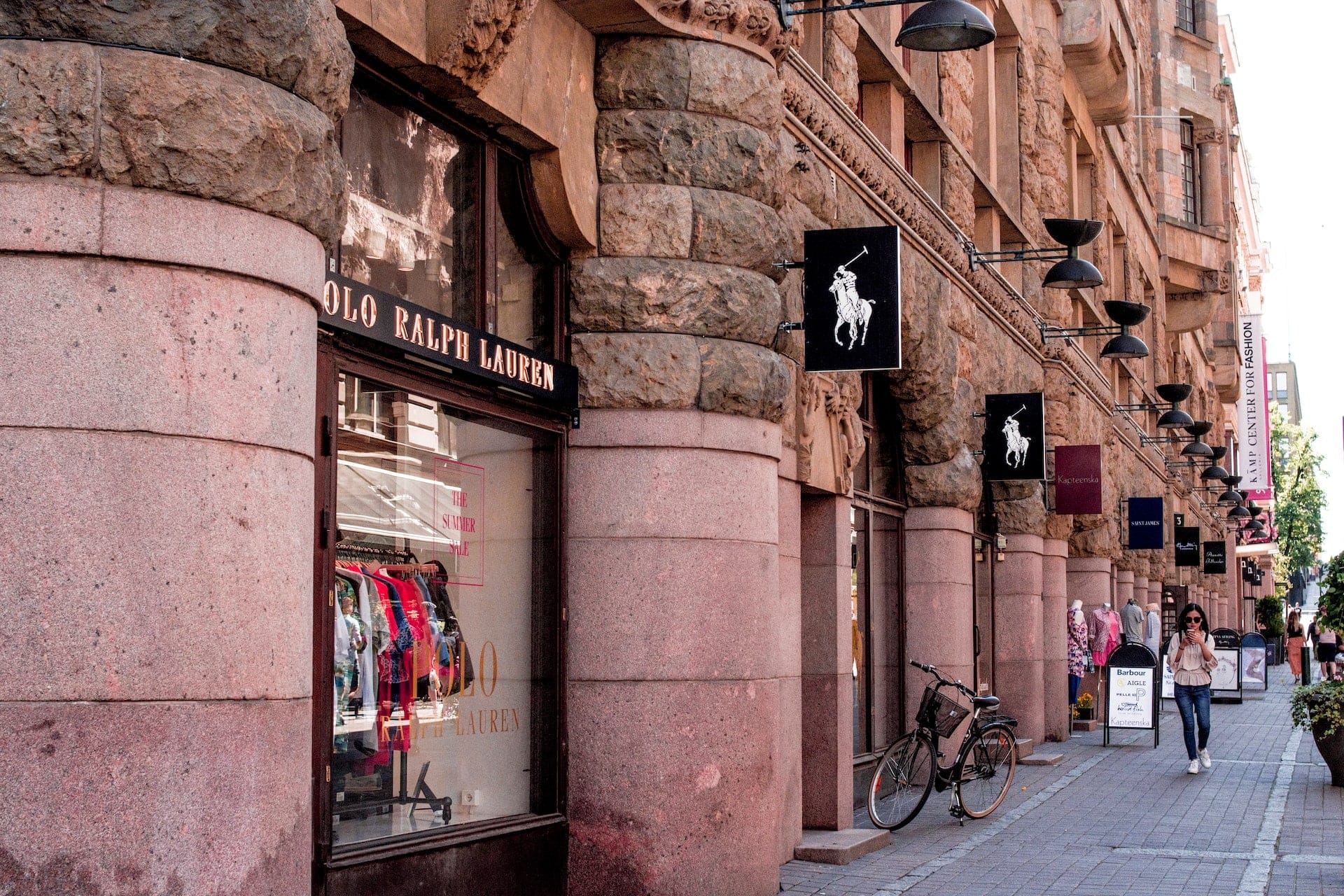
Ralph Lauren SWOT Analysis: Final Word
Ralph Lauren is a well-established brand that has grown from a collection of men's ties to a global brand with a diversified product portfolio. Looking at the success of Ralph Lauren, we decided to conduct a Ralph Lauren SWOT analysis.
First, we discussed some of the strengths that the brand possesses. After that, we highlighted some weaknesses of Ralph Lauren. Then we proceeded to discuss the opportunities and threats ahead of the brand.
Besides providing insights into Ralph Lauren, this article also taught you how to conduct a SWOT analysis. Another way to present the internal and external factors that affect Ralph Lauren is through a SWOT Matrix. If you liked reading this article and it made you curious about SWOT analysis, do check out some more exciting examples of SWOT analysis.


